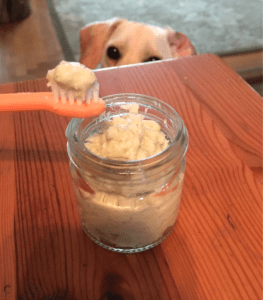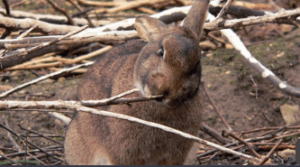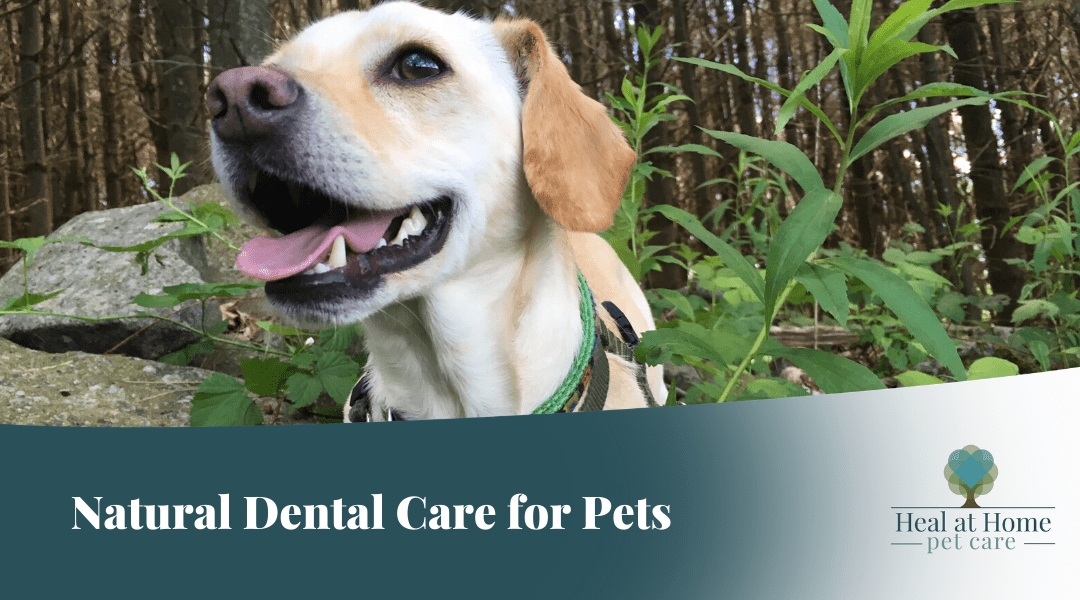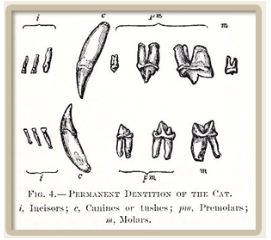
Keep it simple and create a routine
I have seen many people succeed at pet dental brushing, both dogs and cats! The physical action of brushing is one of the best ways to keeps pet teeth and gums healthy. And there are natural ways to achieve that.
Click here to get your free Dental Guide for pets!
Dental health is essential for pets and people. In Traditional Chinese Medicine the winter season is associated with the kidneys and bladder where these organs govern the mouth and they believe winter is a time when the mouth may have more issues, especially during seasonal change heading into and coming out of the cold season.
Our pet’s mouth and teeth are usually taken for granted until there is a problem such as bad breath or the dropping of food. Teeth should be thought of as organs like the eyes or ears as they can feel & sense cold or pain.
Preventative Care
Teeth are not just little white rocks stuck into your pet’s gums. They are living organs with nerves, blood supply and they exchange fluids with the body. It’s important to do the least amount of damage to teeth in order to keep the mouth healthy. It’s easy to see from the shape of our pet’s teeth how they are natural chewers which are made for tearing at skin, ligaments, and bones. The hard dentin on the outside of the teeth can be damaged by rigorous hard chewing such as on hard nylabones and rocks. Providing your pet with proper chewing outlets can help them reduce tartar, keep their gums healthy, and naturally act as a floss. Be careful in using cooked bones as they can splinter and cause intestinal problems.
A Holistic Dental Plan for your Pet
Diet: dry food does not remove tartar from your pet’s teeth, just as cereal doesn’t help our teeth in that way. Feed a high-quality meat based diet. Quality counts! Choose food with natural ingredients or mix commercial food with home cooking. Use filtered water without fluoride, which can be caustic with long term use.
Brushing: there is no substitute for manual brushing. Using just your finger or a cloth to start, gently work up to using a soft toothbrush on your pet’s teeth & gums. Using chicken broth, coconut oil, sardine or clam juice in the beginning can help acclimate pets to this routine.
Remember that whatever you put in your pet’s mouth will be swallowed and absorbed by the mucous membranes. NO: fluoride, salt, xylitol, hydrogen peroxide, or essential oils.

Don’t forget your exotic pets!
Rabbits, chinchillas, guinea pigs, hamsters, and gerbils all need to chew frequently in order to keep their teeth from overgrowing.
Birds and turtles need hard surfaces to keep their beaks from overgrowing.
Poor nutrition in these pets can lead to devastating dental problems that can last a lifetime. Ferrets can use the same dental home care as cats and dogs.
Here are some ideas for your exotic pets:
– Ferret: dental Chew Stick
– Birds, Turtles, and some reptiles: cuttle bone
– Birds: pumice perch to rub their beak on
– All exotic pets: safe natural wood such as apple wood sticks to chew
Click here for A Natural Toothbrush for your Pet!
Click here to get your free Dental Guide for pets!
For more information like this, sign up for my Pet Health Newsletter on this page and visit Learn At Home Pet Care to learn more about natural pet health.


